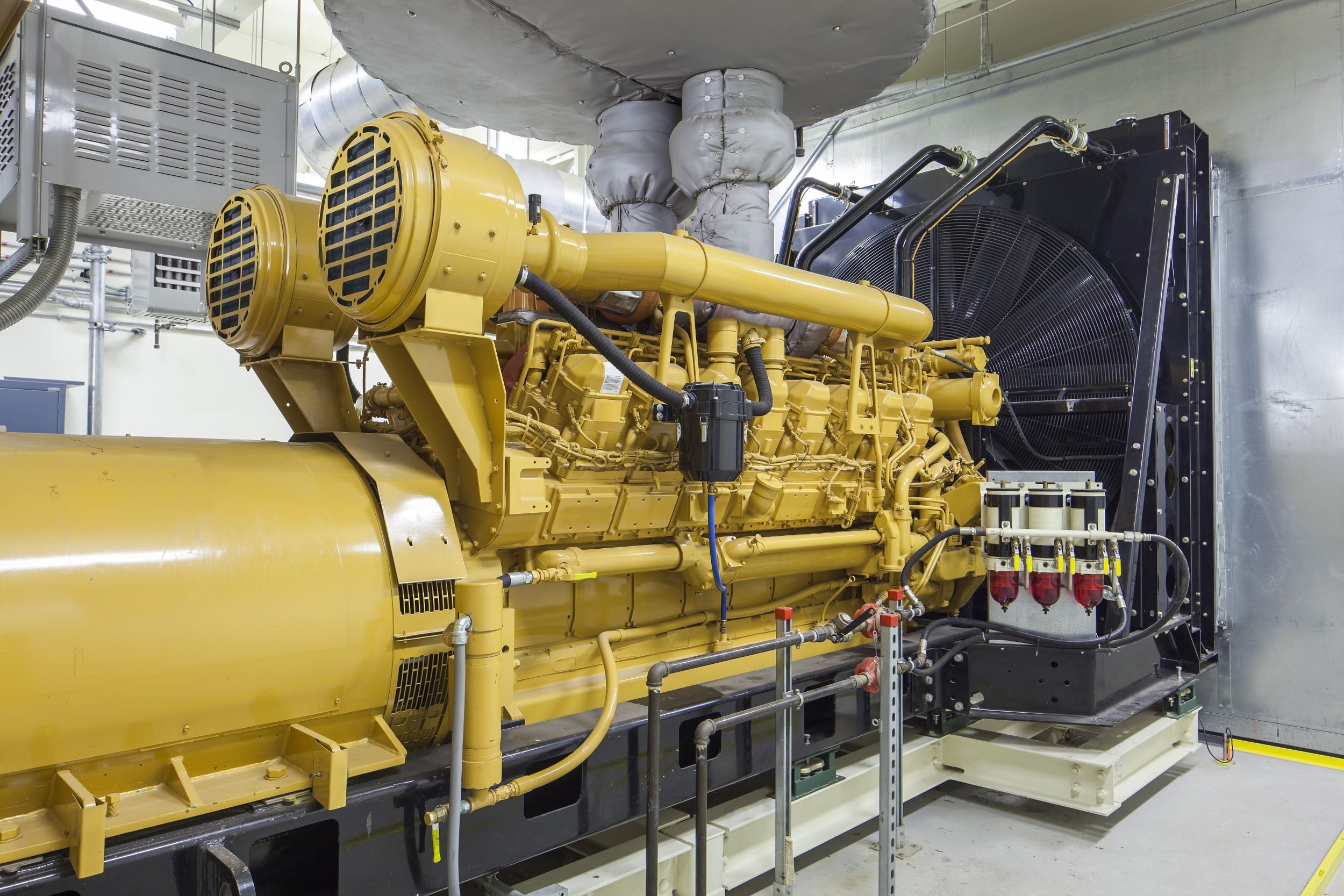How to Apply Communication Schemes for Proper Generator Source Synchronization and Paralleling
/There are many benefits to using the latest protective relays available in the market. Fast communication and better system protection are two such examples. This article explores both concepts in relation to source synchronization for generator paralleling schemes. To meet the requirements for large-scale electrical distribution systems, multiple generators often need to be paralleled (operate in tandem). Hence, the synchronization of generator sources becomes a very important aspect when multiple generators are required to supply power to an electrical distribution system.
What is source synchronization?
Source synchronization involves ensuring a matched voltage, frequency, and phase angle. In terms of voltage, both sources are verified to be at nearly identical voltage magnitude within established tolerances. With phase angle, both sources are verified to have a phase angle difference that is close to zero. Similarly, the frequency of both sources needs to be verified to be nearly identical for phase matching to be accomplished. Once a relay determines that the incoming generator sources are synchronized, it can issue a permissive signal to a programmable automation controller (or other intelligent electronic devices) to properly establish paralleling. If the generator supply sources are not synchronized when paralleled together, an undesirable reactive power flow can occur between the generators. Under certain improper paralleling conditions, this can even yield short-circuit-type events that can cause significant equipment damage.
Communication of Synchronization Signals
For transmitting synchronization signals, fast communication methods are necessary to allow for proper protection and greater reliability. Most times, these signals are sent over long distances to operate generator systems that are located remotely. Under such instances, the speed of communication becomes essential. Various methods for communication exist, but selecting the proper protocol is important.
DNP3 communication is used in the industry for monitoring and basic control functions. It is a reliable method of communication that is widely adopted. The end-to-end transmission time of synchronization signals over DNP3 can be as long as 400 ms (or 24 cycles).
IEC-61850 communication, when properly applied, can be significantly faster by taking approximately 4 ms (or 0.24 cycles) to transmit a synchronization status signal over a long distance.
An Example Scenario
Let us consider a scenario where two generators are needed to supply a large distribution system. Under a “dead bus” condition (bus completely de-energized), the first generator in the system would come up to speed, and close onto the dead bus. The first generator becomes the active running source supplying the distribution system. The second generator, which is connected at a remote bus that is not in close proximity, will then need to be synchronized against the first (running) generator via communication. The paralleling of the second generator should only be allowed when the second generator is in synchronism (via assertion of the synchronization permissive signal). For such instances, the communication speed of the synchronism check signal becomes essential. A slower method of signal transmission (such as DNP3) can cause synchronism (which was initially observed) to be lost by the time the paralleling function takes place after a delayed signal transmission. This can cause significant equipment damage. However, this would not be the case if IEC-61580 communication was properly applied.
Protecting key electrical infrastructure is vital for both reliability and long-term functionality. Large generators are expensive and must be properly applied, and sometimes, for life safety applications. If you would like to learn more about how generator paralleling schemes can be properly implemented, call us at (240) 582-3900 or email us at info@helioselectric.net.





